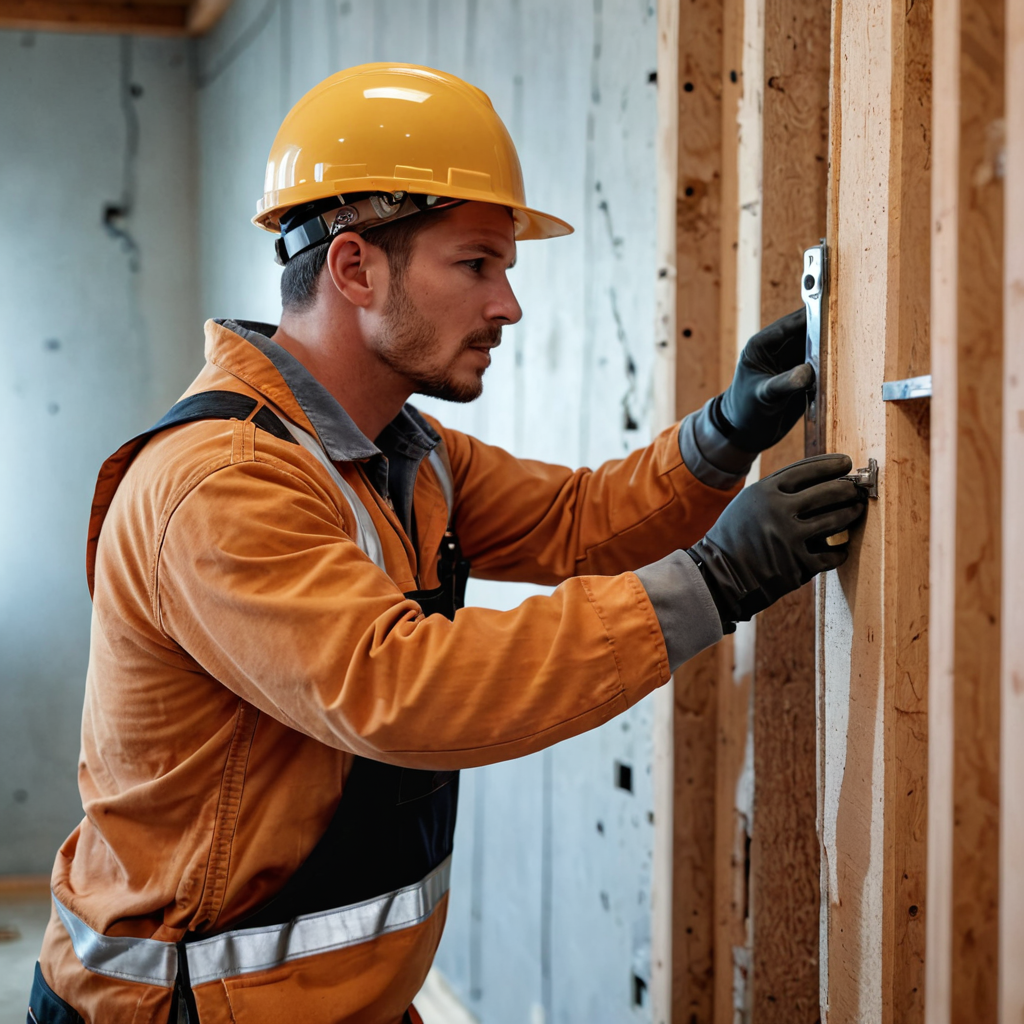
Drywall tape plays a crucial role in reinforcing joints and seams between drywall panels, ensuring a smooth and seamless finish for walls and ceilings. When it comes to selecting the right type of drywall tape for your project, two popular options are mesh drywall tape and paper drywall tape. Each type offers unique characteristics, benefits, and considerations that can influence the quality and durability of the finished drywall surface. In this article, we will compare the differences between mesh drywall tape and paper drywall tape to help you make an informed decision based on your specific needs and preferences.
Mesh Drywall Tape:
Mesh drywall tape is made of fiberglass mesh with an adhesive backing, providing flexibility, strength, and ease of application for reinforcing drywall joints. Some key features of mesh drywall tape include:
1. Strength and Durability: Mesh drywall tape is known for its high tensile strength and resistance to tearing, making it ideal for preventing cracks and ensuring long-lasting joint reinforcement.
2. Self-Adhesive: Mesh drywall tape features a self-adhesive backing that adheres easily to drywall surfaces, simplifying the taping process and reducing the risk of bubbling or lifting.
3. Flexibility: The flexibility of mesh drywall tape allows it to conform to uneven surfaces and corners, facilitating a smooth and seamless finish without the risk of wrinkling or folding.
4. Mold Resistance: Fiberglass mesh is inherently resistant to mold and moisture, making mesh drywall tape a suitable choice for areas prone to humidity or moisture exposure.
Paper Drywall Tape:
Paper drywall tape, also known as paper joint tape, is a traditional option made of paper material with a creased center for embedding in joint compound. Here are some characteristics of paper drywall tape:
1. Cost-Effectiveness: Paper drywall tape is generally more affordable than mesh tape, making it a budget-friendly option for drywall projects with cost constraints.
2. Embeddability: Paper tape is designed to be embedded in joint compound, allowing for a smooth and seamless finish that blends well with the surrounding drywall surface.
3. Absorbency: Paper drywall tape has good absorbency, allowing it to bond well with joint compound and create a strong, durable joint that resists cracking and shrinking over time.
4. Compatibility: Paper tape is compatible with a wide range of joint compounds and textures, offering versatility and ease of use for both professional contractors and DIY enthusiasts.
Choosing the Right Drywall Tape:
When deciding between mesh drywall tape and paper drywall tape for your project, consider the following factors:
– Project Requirements: Assess the specific needs of your drywall project, such as joint width, surface condition, and environmental factors, to determine which type of tape is most suitable.
– Application Method: Consider your familiarity with taping techniques and the ease of application for mesh tape versus paper tape to ensure a successful and efficient taping process.
– Budget Considerations: Evaluate your budget constraints and the cost-effectiveness of each tape option to find a balance between quality and affordability for your project.
In conclusion, both mesh drywall tape and paper drywall tape offer unique advantages and considerations that can influence the outcome of your drywall finishing. By understanding the differences between these two types of drywall tape and considering your project requirements, application preferences, and budget constraints, you can choose the right option that meets your needs and helps you achieve a professional and durable finish for your drywall surfaces.
